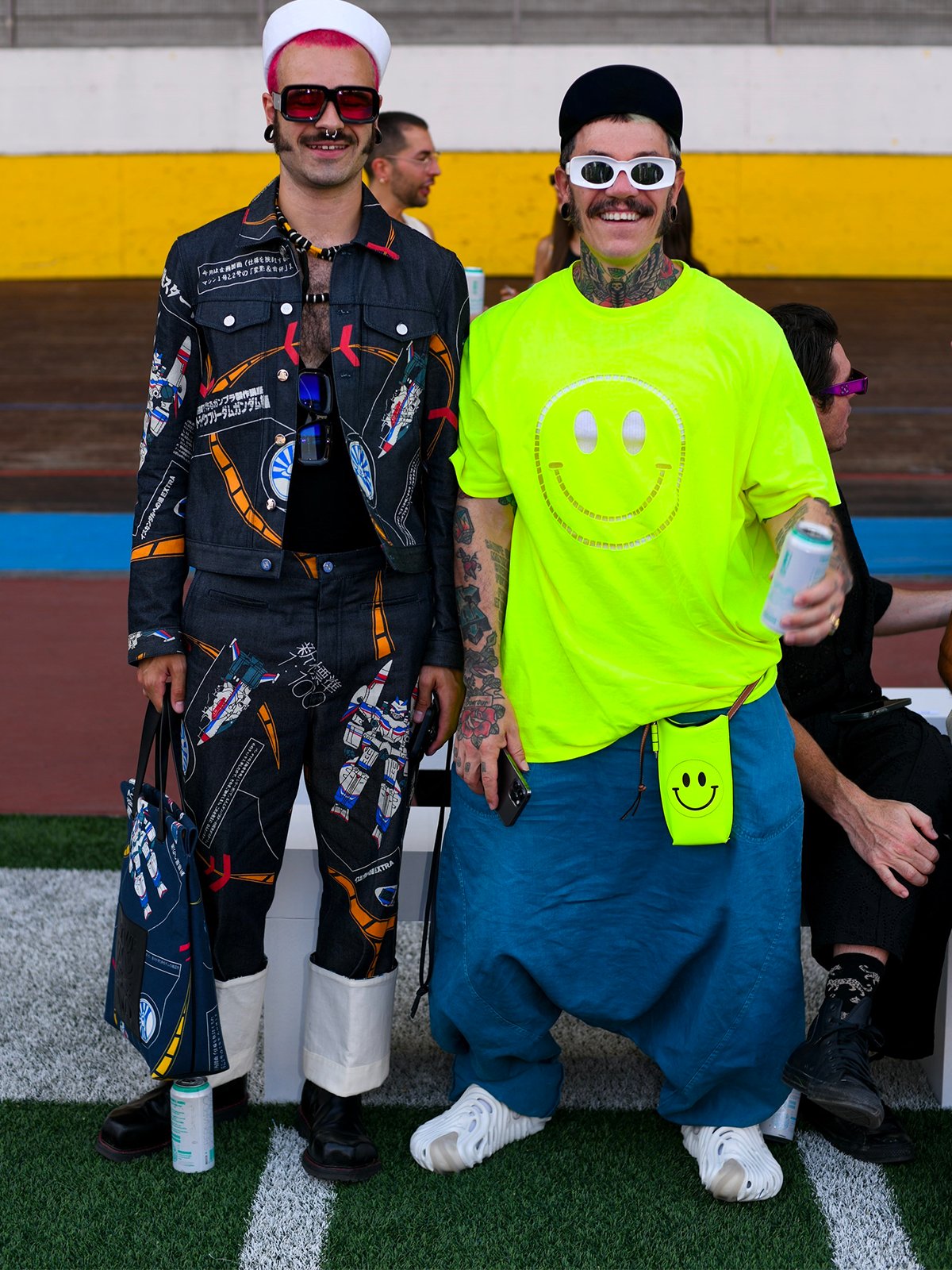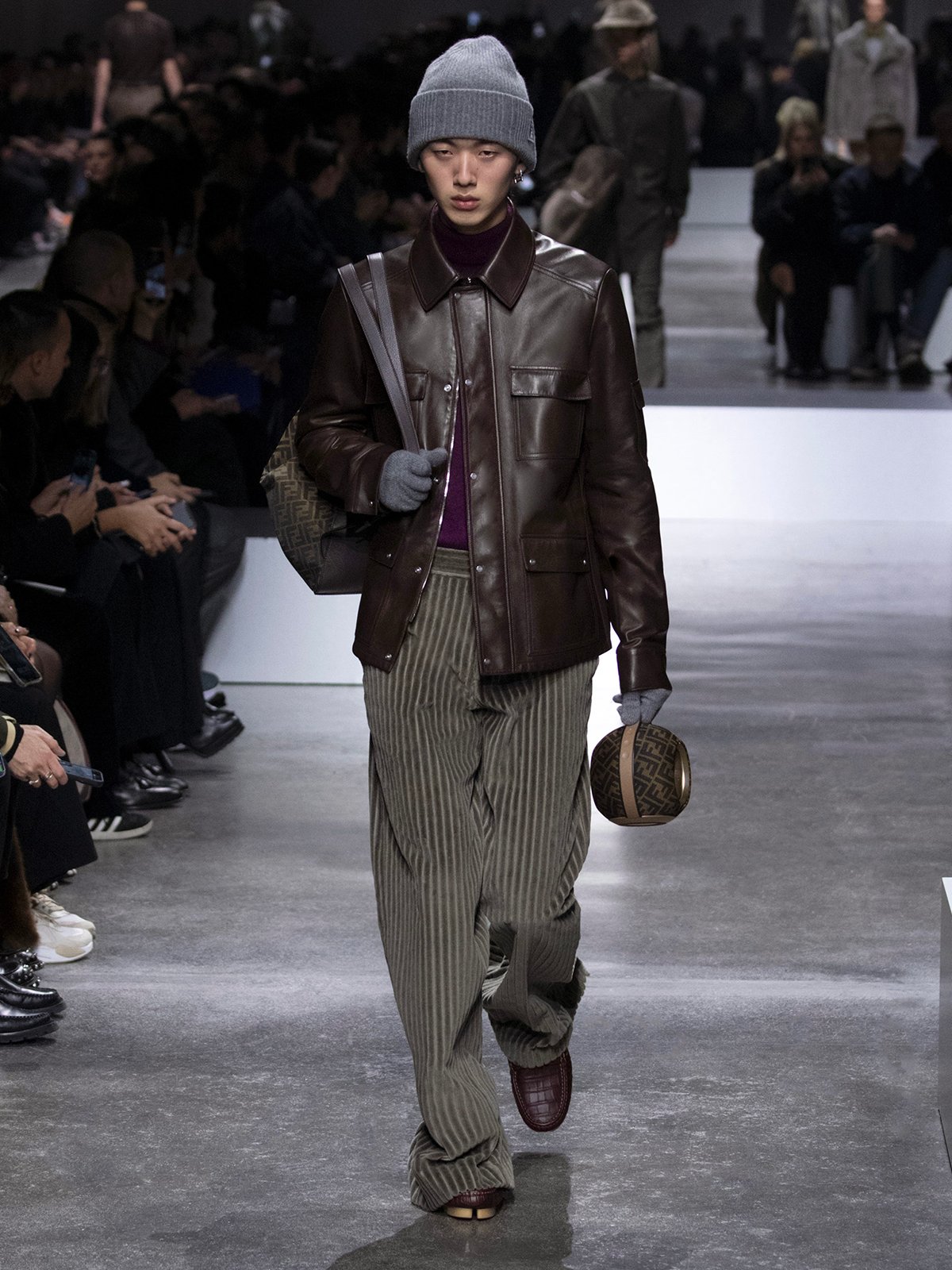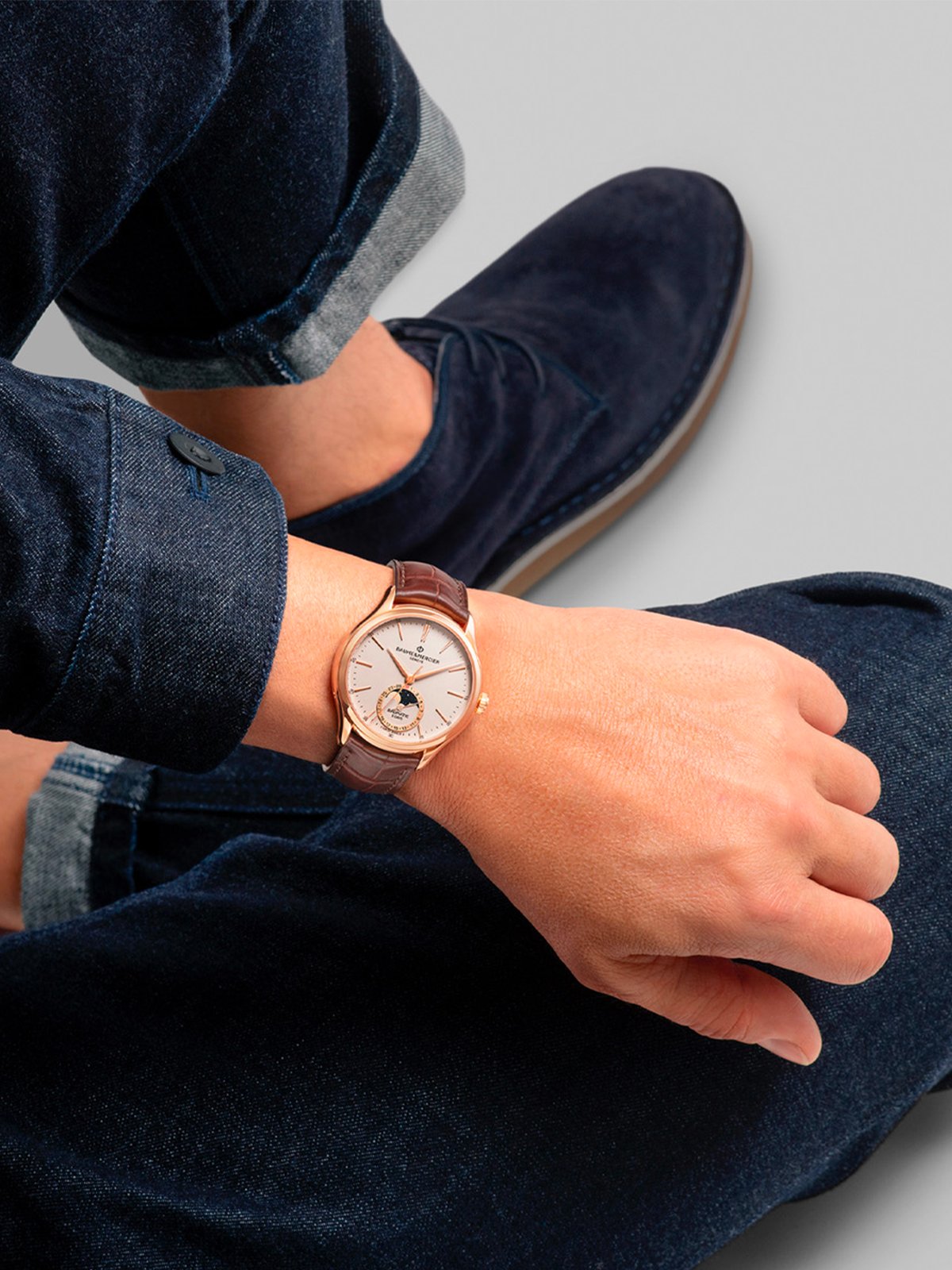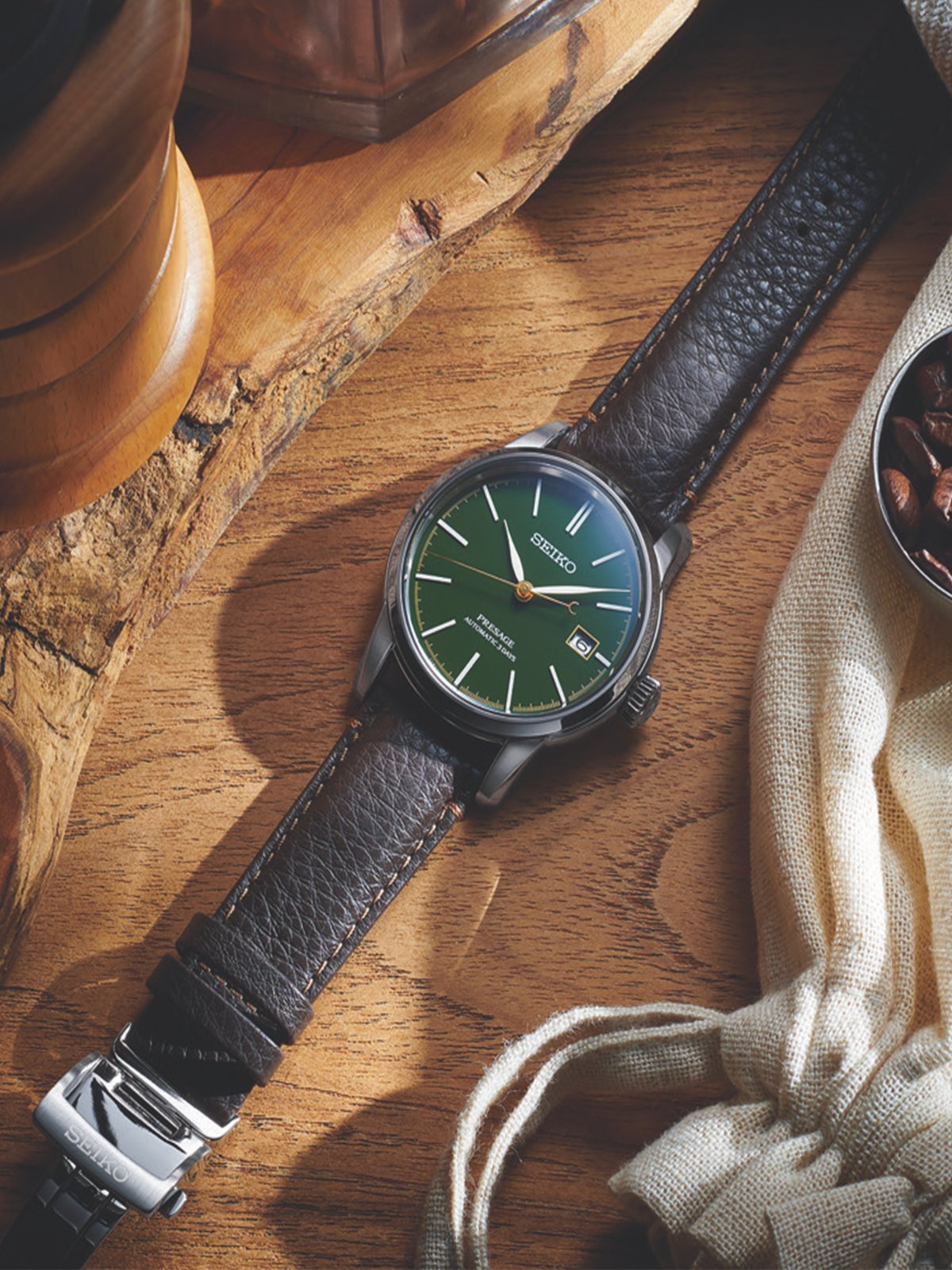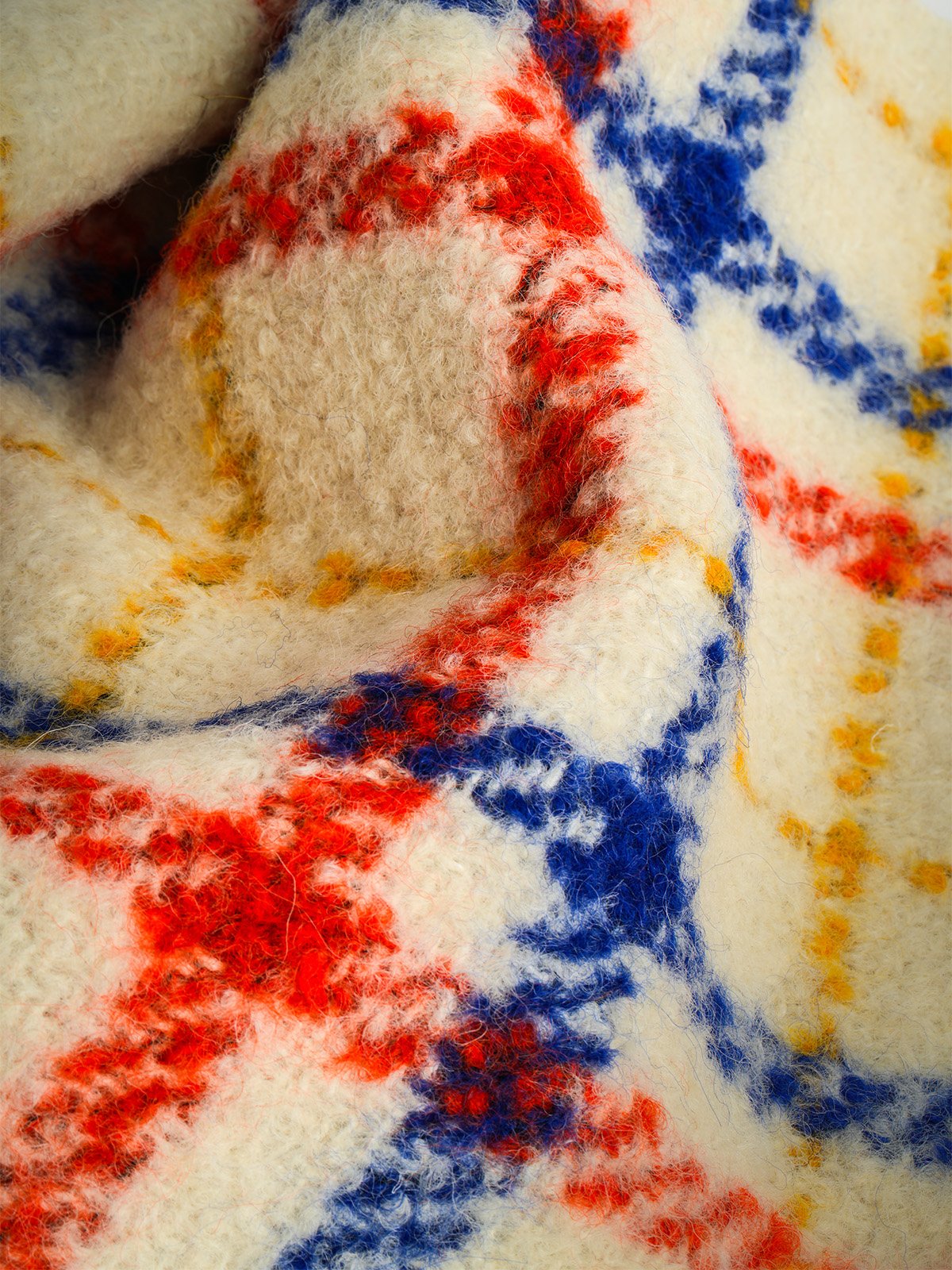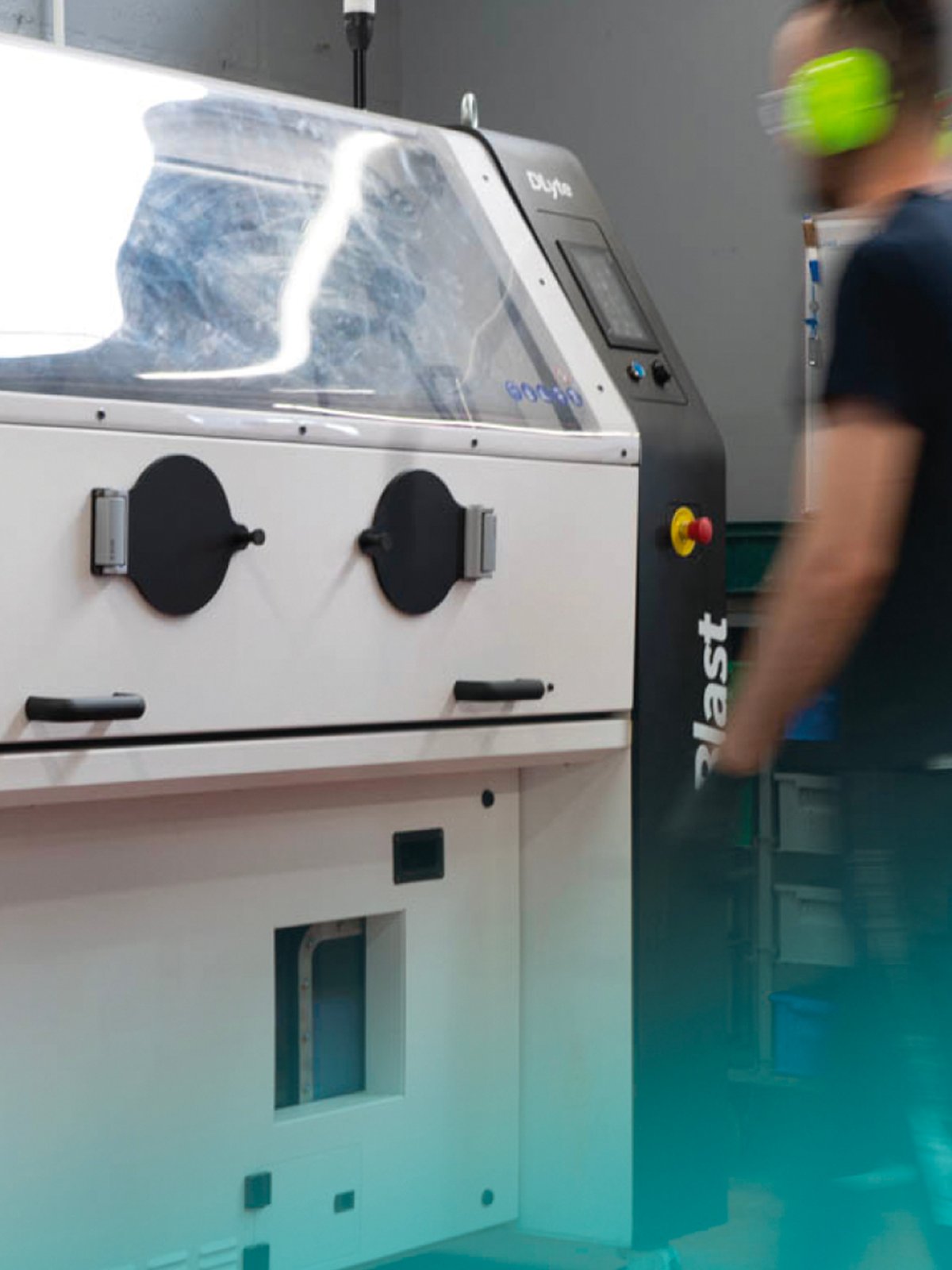News
Leather goods, third quarter on the brakes: fears of a bottom-line reset

Claudia Sequi
After a positive start to the year, with double-digit increases, the third quarter of 2023 was tough for the leather goods sector. According to the report by the Centro Studi Confindustria moda for Assopellettieri, exports, after a +11.7 percent in the first three months of 2023, saw growth nullified in the second (+0.3 percent) and then retreated in the third fraction (-5.4 percent). The cumulative for the first 9 months thus marks a timid +2.2%, and there are fears of a nullification on balance. The goal now is to confirm 2022 levels, with the hope of a restart from the second half of 2024.
As for the other Italian Fashion sectors, the post-pandemic rebound has come to a halt, aided by heightened geopolitical tensions, the cooling of the business cycle in many areas of the planet and stagnant domestic demand (+0.6% in retail spending). On the other hand, the favorable trend of tourism in Italy has allowed a consolidation of foreigners' shopping: +15.9% on January-September 2022 in total spending according to Bank of Italy.
Among cross-border markets, flows to Switzerland (-42.5% in value), the traditional logistics hub of the big brands, plummeted due to different distribution policies in favor of direct shipments to final destinations. Also down are South Korea and Canada (both -10.2%). On the other hand, France (+21.3%) and the Far East (+17.4%, with China +40.3%) did well. Rebound in Russia and Ukraine (but still lower flows than pre-war) and +36.2% in the UAE. Limited to +6% was the increase in U.S. sales, which contracted -5.3% in the third quarter.
From January to September, 8.39 billion euros worth of leather goods were exported (+178.5 million over January-September 2022), amounting to 53.1 million kg (+4.8%). Handbags remained the main item (5.92 billion euros; 70% of global exports), with +7.3% in value and -1% in kg. In second place by value exported was small leather goods, down -11.9% to 1.18 billion euros, preceding belts (-17.3%).
Evidence of the economic slowdown also emerges from the quarterly survey conducted by Confindustria Moda among members of Assopellettieri, an association led by President Claudia Sequi. Turnover, in the sample surveyed, shows an average of +2.5 percent over January-September 2022 (lower than the inflationary dynamics of the year), but worrying is the drop in the ISTAT index of industrial production (-12.3 percent), a clear indication of how the figures, weakly positive in value, conceal backwardness in quantity.
Regarding companies, Infocamere's birth-mortality figures record a rather limited decline at the end of September (-1.3 percent on December 2022), corresponding to 64 fewer units. Only Lombardy (+12) and Abruzzo (+1) buck the trend, with slight increases. The others show decreases, with -24 leather factories in Tuscany, where almost half of the manufacturing establishments are based, -13 in Campania, -12 in Emilia-Romagna and -7 in Veneto. Chamber figures also show a +4 percent increase in employment in the first 9 months, with positive balances in the main regions, with the exception of Veneto (-1.4 percent) and Emilia-Romagna (-0.9 percent). Tuscany, with 27,392 employees (+3%), is confirmed as the leading region in terms of employment, with 53.6% of the national sectoral total.
